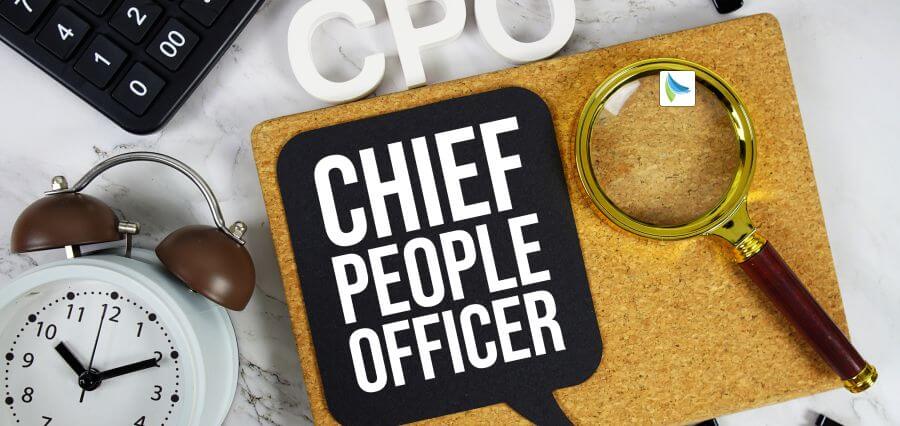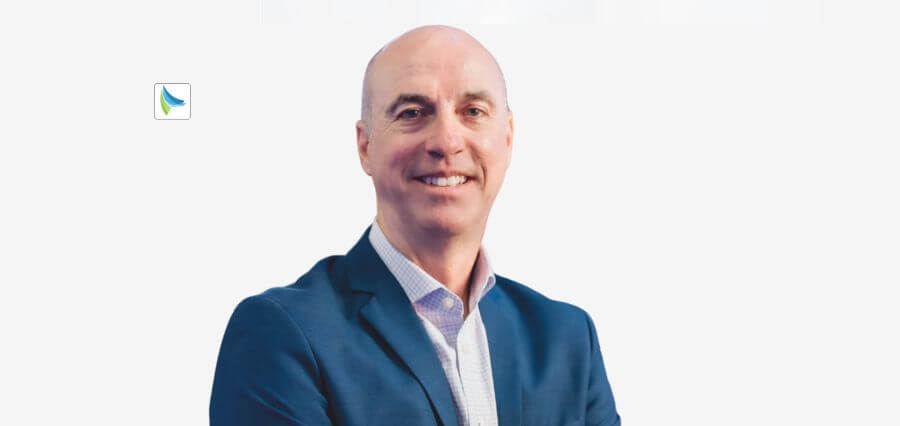In a time of volatility, complexity, and constant disruption, the leadership attributes that defined great leadership in the past—command, authority, and control—are no longer sufficient. The most effective leaders are no longer the most vocal or those who rule by edict, but those who lead with compassion, authenticity, and purpose.
This shift is the arrival of the people-first leader: a leader who understands that when people win, organizations win. It’s a model of leadership where empathy isn’t a supposed soft skill, but a strategic imperative—one that ignites engagement, trust, and sustained outcomes.
Redefining Empathy in Leadership
Leadership empathy is not a matter of emotion or even likability—it is about deep understanding and intentional connection. It’s the ability to see through other people’s eyes, listen with an open heart, and reply with humanity. Practicing empathy enables leaders to get through dueling perspectives, lead in uncertainty, and guide teams that feel included and belonging.
Evidence attests to its value. From numerous global studies, empathetic leaders have greater employee retention, resilience, teamwork, and performance. Empathetic leadership creates psychological safety in times of crisis—a requirement for innovation and adaptability.
Empathy alone is not enough. Combined with clarity, decisiveness, and accountability, it becomes an impact multiplier.
The Intersection of Empathy and Impact
People-focused leadership doesn’t come at the cost of performance—it boosts it. Empathetic leaders’ organizations reap both tangible business benefits: stronger cultures, enhanced customer interactions, and sustained productivity improvements.
Such leaders are not afraid to ask questions like:
- How do our decisions affect our people?
- Are we creating a culture of trust or fear?
- How are our building the whole person, not just the professional?
By centering on humans, they create contexts where people feel empowered to perform at their best, not out of obligation, but because they choose to. Such a sense of purpose and alignment is what creates high-performing teams and enduring organizational success.
Listening as a Leadership Competency
One of the most underused and most powerful tools of a people-oriented leader is the art of active listening. In a noisy world—emails, meetings, deadlines—making room to actually hear is both rare and radical.
Listening is not just hearing words—it’s hearing concerns, voicing understanding, and opening doors to open conversation. When leaders listen, trust is established. When they act on what they heard, credibility is established.
This practice also sparks inclusive leadership. By creating space for various voices to input, people-driven leaders see farther, clear blind spots, and make better decisions. It’s not being the purveyor of all the solutions—it’s about being responsive, present, and curious.
Leading Through Change, Together
Today’s organizations are continually navigating change—be it digital transformation, changes to the workforce, or world crises. In such types of environments, people-centric leadership is urgently needed.
Rather than dictating change from above, these leaders are collaborative change-makers with their respective teams. They communicate the “why,” address anxiety through empathy, and ensure that people feel involved and informed. This results in greater alignment, less resistance, and greater resilience.
Much more importantly, people-centered leaders recognize that change doesn’t take place in workflows but in minds and hearts. They are by their people during the emotional and psychological stages of change, and they make wellbeing and performance hand in hand.
Empathy Is Scalable
Another common myth surrounding empathy is that it becomes increasingly difficult to maintain as companies grow. But with the right structures and mindset, empathy is completely scalable.
People-first leaders design processes that embed empathy into the fabric of the organization—be it onboarding and performance reviews, communication and feedback, or recognition and reward. They build teams bound by values and equip managers to lead with empathy and simplicity. Maybe most importantly, they themselves exhibit empathy—a ripple effect that flows throughout the organization.
This human-first approach does not mean sacrificing speed or results. Instead, it ensures that growth is sustainable, values-based, and shared—attributes today’s talent and customers expect from the businesses they interact with.
The Courage to Be Vulnerable
Authenticity is at the forefront of people-centric leadership. Great leaders don’t fake perfection—they are courageous enough to be vulnerable, to admit when they don’t know it all, and to share their own learning journeys.
This kind of transparency breaks down boundaries between “employees” and “leaders.” It replaces hierarchy with humanity, power with partnership. It does this by encouraging others to show up with their whole selves, take ownership of their work, and lead from wherever they are.
Vulnerability without empathy can come across as fake. But when leaders lead vulnerable and empathetic, they create cultures where people feel seen, supported, and inspired.
Conclusion: Leading with Humanity, Leading for the Future
As the contemporary workplace becomes increasingly digital, dispersed, and diverse, the need for people-first leadership is not only timely; it’s essential. In an age of AI and algorithms, the human touch of empathy, trust, and emotional intelligence will distinguish great leaders from good ones.
Empathy is not weakness. It’s strength, allowing leaders to engage, enable, and leave lasting impact. Impact is quantified not in the number of decisions made, but in the lives those decisions touch.
Ultimately, people-first leadership is more than constructing performance—it’s constructing purpose, belonging, and a legacy of human influence.
Read More: Disruptive Leadership: Breaking Barriers to Build Better Futures












